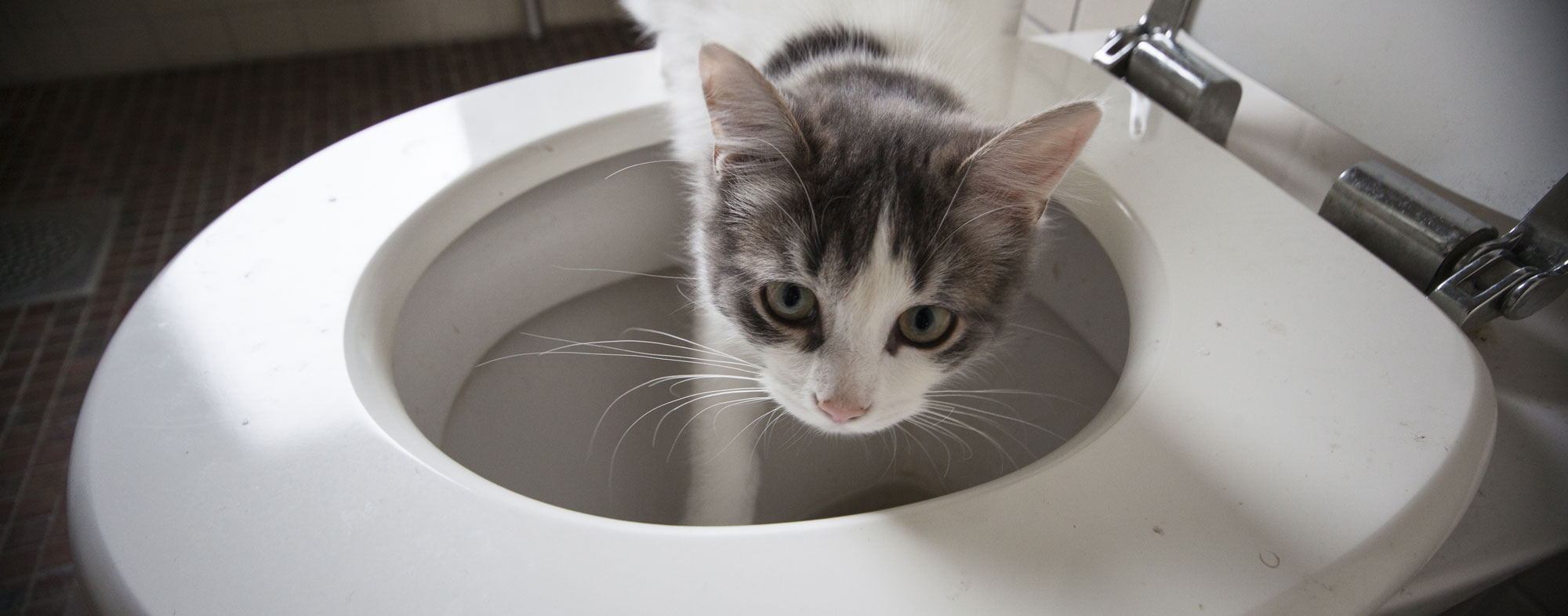Dangers of Flushing Cat Poop Down Your Toilet - Avoid Potential Problems
Dangers of Flushing Cat Poop Down Your Toilet - Avoid Potential Problems
Blog Article
This post following next relating to Don’t flush cat feces down the toilet is relatively motivating. Check it out for your own benefit and decide what you think of it.

Introduction
As cat proprietors, it's important to bear in mind how we take care of our feline pals' waste. While it might seem convenient to flush pet cat poop down the commode, this practice can have detrimental consequences for both the environment and human health and wellness.
Alternatives to Flushing
Thankfully, there are much safer and much more accountable ways to throw away feline poop. Think about the following choices:
1. Scoop and Dispose in Trash
One of the most usual approach of throwing away feline poop is to scoop it right into a biodegradable bag and toss it in the trash. Be sure to utilize a committed clutter inside story and take care of the waste without delay.
2. Usage Biodegradable Litter
Select eco-friendly feline clutter made from products such as corn or wheat. These clutters are eco-friendly and can be safely gotten rid of in the trash.
3. Hide in the Yard
If you have a yard, consider hiding feline waste in a marked area away from vegetable gardens and water resources. Make certain to dig deep adequate to prevent contamination of groundwater.
4. Mount a Pet Waste Disposal System
Invest in an animal garbage disposal system especially developed for cat waste. These systems use enzymes to break down the waste, minimizing odor and environmental influence.
Wellness Risks
Along with ecological issues, flushing feline waste can likewise posture health risks to humans. Pet cat feces might consist of Toxoplasma gondii, a parasite that can trigger toxoplasmosis-- a potentially extreme health problem, especially for pregnant women and people with weakened body immune systems.
Environmental Impact
Flushing pet cat poop introduces dangerous virus and bloodsuckers into the water, presenting a significant threat to marine communities. These impurities can adversely impact aquatic life and concession water quality.
Final thought
Responsible family pet ownership expands beyond offering food and shelter-- it likewise includes correct waste monitoring. By refraining from flushing feline poop down the commode and choosing different disposal methods, we can reduce our environmental footprint and secure human health.
Why Can’t I Flush Cat Poop?
It Spreads a Parasite
Cats are frequently infected with a parasite called toxoplasma gondii. The parasite causes an infection called toxoplasmosis. It is usually harmless to cats. The parasite only uses cat poop as a host for its eggs. Otherwise, the cat’s immune system usually keeps the infection at low enough levels to maintain its own health. But it does not stop the develop of eggs. These eggs are tiny and surprisingly tough. They may survive for a year before they begin to grow. But that’s the problem.
Our wastewater system is not designed to deal with toxoplasmosis eggs. Instead, most eggs will flush from your toilet into sewers and wastewater management plants. After the sewage is treated for many other harmful things in it, it is typically released into local rivers, lakes, or oceans. Here, the toxoplasmosis eggs can find new hosts, including starfish, crabs, otters, and many other wildlife. For many, this is a significant risk to their health. Toxoplasmosis can also end up infecting water sources that are important for agriculture, which means our deer, pigs, and sheep can get infected too.
Is There Risk to Humans?
There can be a risk to human life from flushing cat poop down the toilet. If you do so, the parasites from your cat’s poop can end up in shellfish, game animals, or livestock. If this meat is then served raw or undercooked, the people who eat it can get sick.
In fact, according to the CDC, 40 million people in the United States are infected with toxoplasma gondii. They get it from exposure to infected seafood, or from some kind of cat poop contamination, like drinking from a stream that is contaminated or touching anything that has come into contact with cat poop. That includes just cleaning a cat litter box.
Most people who get infected with these parasites will not develop any symptoms. However, for pregnant women or for those with compromised immune systems, the parasite can cause severe health problems.
How to Handle Cat Poop
The best way to handle cat poop is actually to clean the box more often. The eggs that the parasite sheds will not become active until one to five days after the cat poops. That means that if you clean daily, you’re much less likely to come into direct contact with infectious eggs.
That said, always dispose of cat poop in the garbage and not down the toilet. Wash your hands before and after you clean the litter box, and bring the bag of poop right outside to your garbage bins.
https://trenchlesssolutionsusa.com/why-cant-i-flush-cat-poop/

As a serious person who reads about Don’t flush cat feces down the toilet, I figured sharing that section was sensible. Appreciated our review? Please share it. Help others find it. I enjoy reading our article about How to Dispose of Cat Poop and Litter Without Plastic Bags.
Visit Report this page